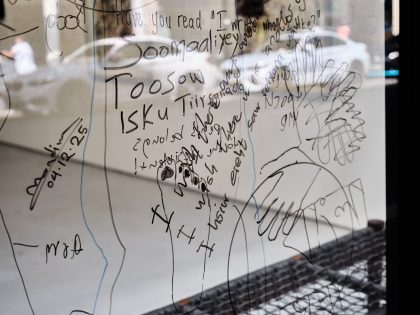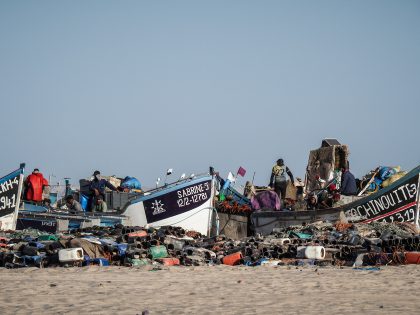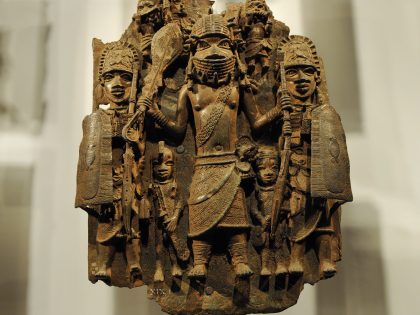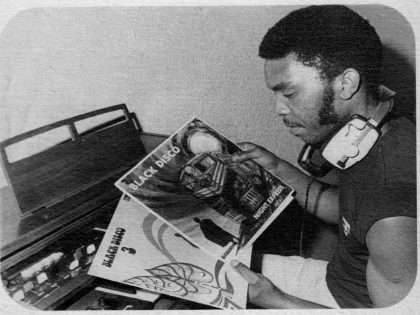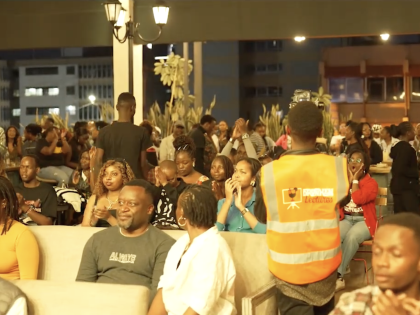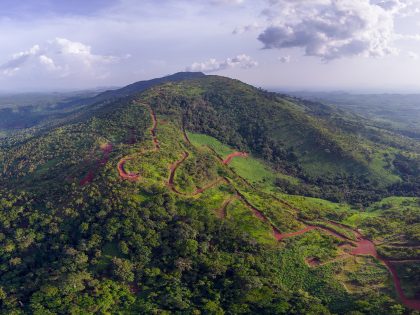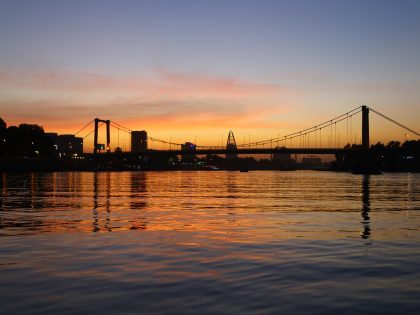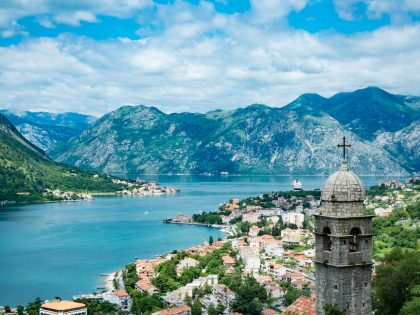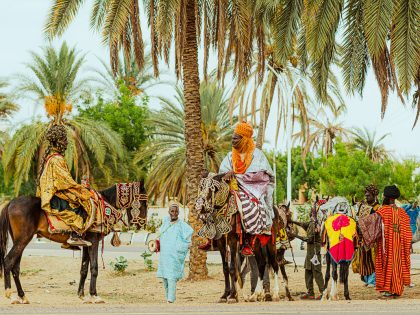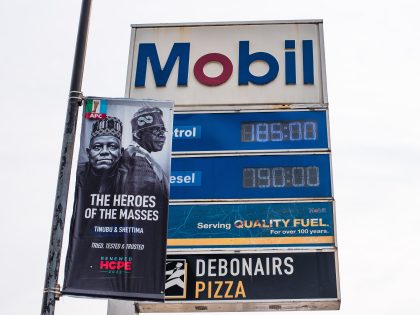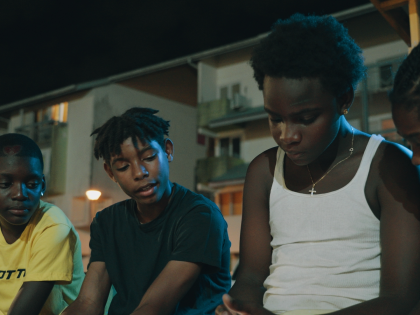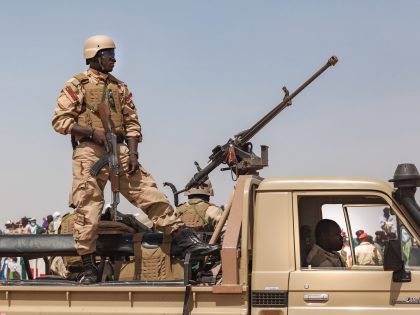The Archive of Malian Photography
Preserving the photographs of five Malian photographers - including Mamadou Cissé and Malick Sidibé - online.

Adama Kouyaté, "Untitled" January 1967 Bouaké, Ivory Coast. Via The Archive of Malian Photography.
Every unit of meaning, and not just every image, is a public crossroads of histories of interpretation.” This reflection comes from historian Paul Landau’s introduction to the book Images and Empire: Visuality in Colonial and Postcolonial Africa (2002), but also applies to the images and the overall mission of the Archive of Malian Photography. By digitizing more than 100,000 images by Malian photographers, project director Candace Keller, a professor of African art history and visual culture at Michigan State University, hopes that the collection will “shape the way photographic history and cultural practice in West Africa are taught and studied since the concepts displayed go beyond what we’re used to seeing ...” In pursuing these goals, the archive not only preserves an important element of Mali’s artistic past, but also shifts the interpretations possible at this particular historical crossroad.
In collaboration with the Maison Africaine de la Photographie in Bamako, Mali and MSU’s MATRIX: The Center for Digital Humanities and Social Science and funded by National Endowment for the Humanities and the British Library Endangered Archives Programme, the Archive of Malian Photography project has preserved photographs by five Malian photographers: Mamadou Cissé, Adama Kouyaté, Abdourahmane Sakaly, Malick Sidibé, and Tijani Sitou. Currently, users can explore about 28,000 photos taken by Cissé and Sakaly in Bamako, Mopti, and Ségu. These photographs depict the rich texture of Malian life, as Keller reflected in email correspondence with me.
“These collections house images of political leaders, religious figures, and pop-cultural icons. They also depict rural and urban practices. They capture voting procedures, weddings, birthday parties, horse racing, and other events. They reveal consistent and changing trends in dress hairstyle, and other forms of personal adornment as well as aesthetic and artistic values and innovations in portraiture, across five decades, in at least three different locations in Mali (Bamako, Ségu, Mopti),” Keller explained, “Therefore, the information they capture can inform historical, cultural, and political understanding across a variety of academic disciplines.”

In addition to preserving these photographs, Keller and her collaborators saw the project’s primary function is protecting the photographs. “The project is designed to address present conditions that render these archives and, by extension, the cultural heritage of Mali and the artistic legacies of the artists, vulnerable,” Keller explained to me via email, “These include harsh climactic conditions (heat, dust, flooding and humidity) and exploitation by unscrupulous agents in the international art market.”
The exploitation of West African photographers by international actors has been chronicled in Keller’s scholarship, most notably in her 2014 article for African Arts, “Framed and Hidden Histories: West African Photography from Local to Global Contexts.” Keller has found that since the 1990s, several negatives from private archives of photographers were removed and later appeared in print or digital format, with no compensation granted to the photographers or their families. With this in mind, the team made certain to protect the photographs at every stage of the process, ensuring that the negatives never leave Mali, that the photographers or members of their family are actively engaged in the selection process, and only providing access to low-resolution versions of the images on the site (the full terms of the Partnership Agreement are available in both English and French on the site).
The implications of this project are broad and far-reaching. For Keller, this project helps to contextualize the work of Malick Sidibe, a photographer who is a major focus of her own research (Keller was previously featured in Africa is a Country following the death of Sidibe in April 2016). In preserving the work of not only Sidibe but his predecessors and contemporaries, the Archive of Malian Photography aids in contextualizing what Keller refers to as the “narrow ‘canon’ of [Malick Sidibe’s] oeuvre.”
Furthermore, this project provides new vistas on Mali’s past, opening up photographic collections that might otherwise have been lost to the ravages of climate and time, while also expanding our perspective on Mali’s past.
Follow MATRIX on Twitter for updates on the Archive of Malian Photography. Feel free to send me suggestions via Twitter (or use the hashtag #DigitalArchive) of sites you might like to see covered in future editions of The Digital Archive!
